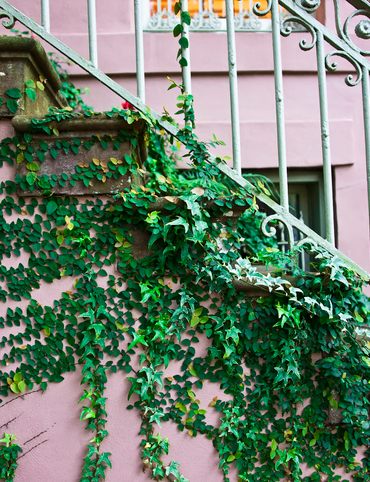How to explore the state’s caves, caverns, and fascinating geology.
6 Ways To See Texas Below the Surface
One of the most thrilling ways to explore a new place is to go underground. Spelunking, or cave exploration, offers a completely different view: instead of seeing what’s been built up, you see what hides beneath. Texas, with its rich and varied geological history, has a wide collection of subterranean attractions. Say goodbye to above-ground reality for a while, and plan a trip exploring below the surface. Here’s how.
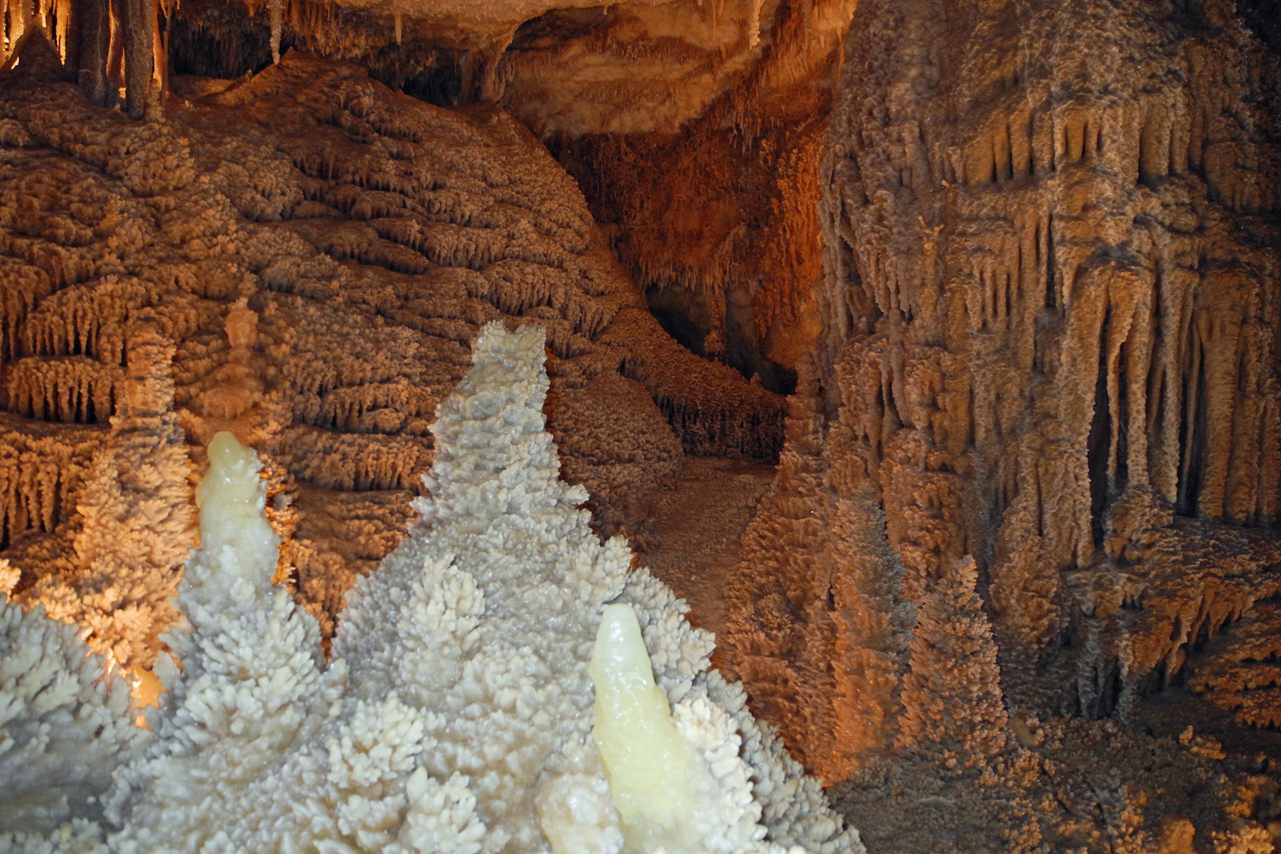
1. Caverns of Sonora
This National Natural Landmark is highly regarded as one of the country’s most beautiful caves. This limestone cave is full of speleothems, or calcite-based cave formations. You’re probably familiar with stalagmites and stalactites, which grow from a cave’s floors and ceilings respectively, but there are dozens of other types of formations you can find in caves, including the Caverns of Sonora. The helictites here are particularly striking: these protrude out of walls at odd angles, looking like alien crystal plants affixed to the wall. The Caverns of Sonora include a series of show caves, which means they have been adapted for visitors with stairways, lights, and walkways that allow you to see everything the cave has in store. Tours for adults and children are available daily, and can be booked on the Caverns of Sonora website.
1711 Private Rd 4468, Sonora, TX 76950
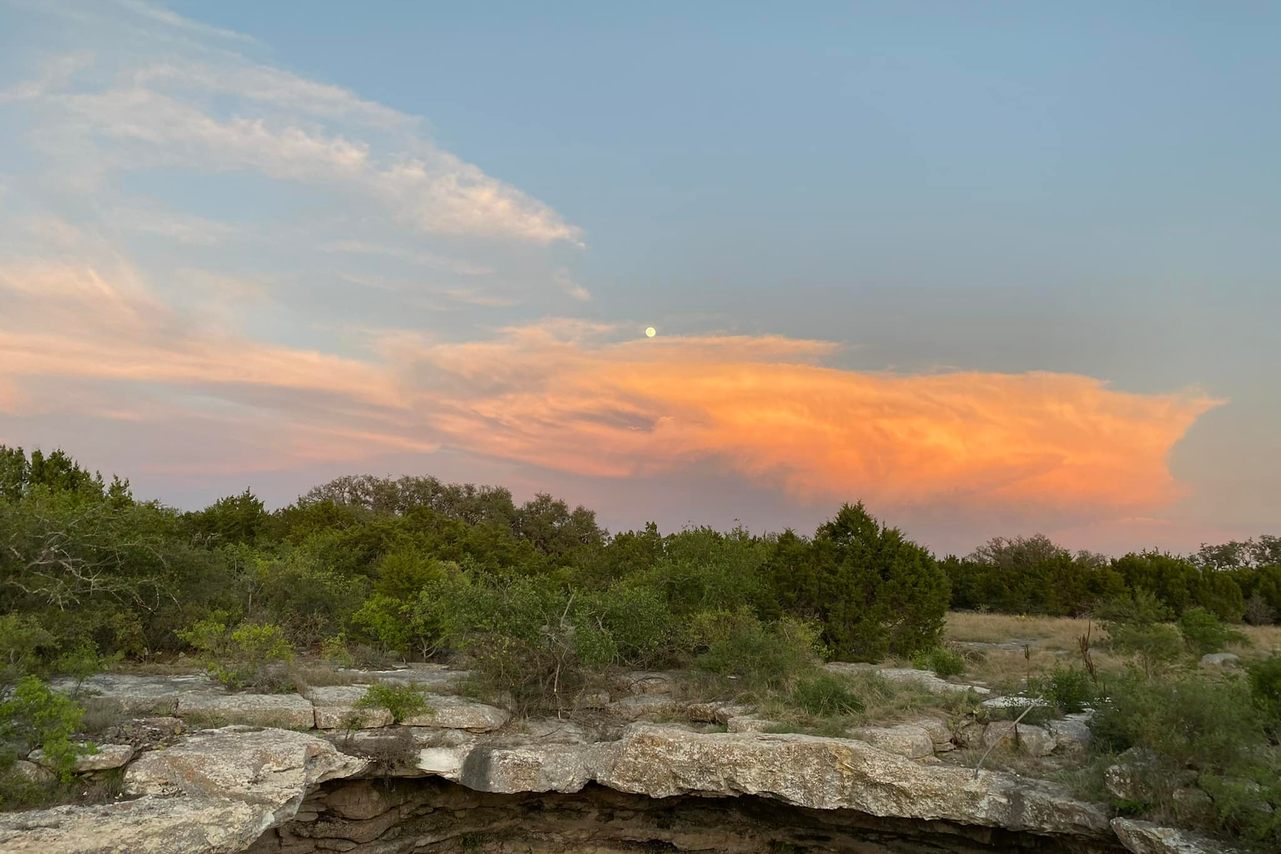
2. Devil’s Sinkhole
Don’t be scared—there’s nothing demonic about this beautiful geological formation. The Devil’s Sinkhole is, indeed, an enormous hole in the ground, though unlike the ones you might find on paved streets, this one was naturally formed over thousands of years thanks to rainfall that eroded the limestone rock that surrounds it. This resulted in an enormous underground cistern—350 feet deep, and 300 feet wide—that has since become the home base for roughly 3 million bats. On warm nights, visitors can see these bats emerge from their enormous hole in the ground to go out and search for food, which is quite the sight. When the bats leave, a swarm of cave swallows will often swoop in to take their place belowground, in search of rest; when the bats arrive home in the morning, the birds leave. It’s a fascinating natural cycle. The best time to visit Devil’s Sinkhole is between late spring and early fall.
Rocksprings, TX 78880
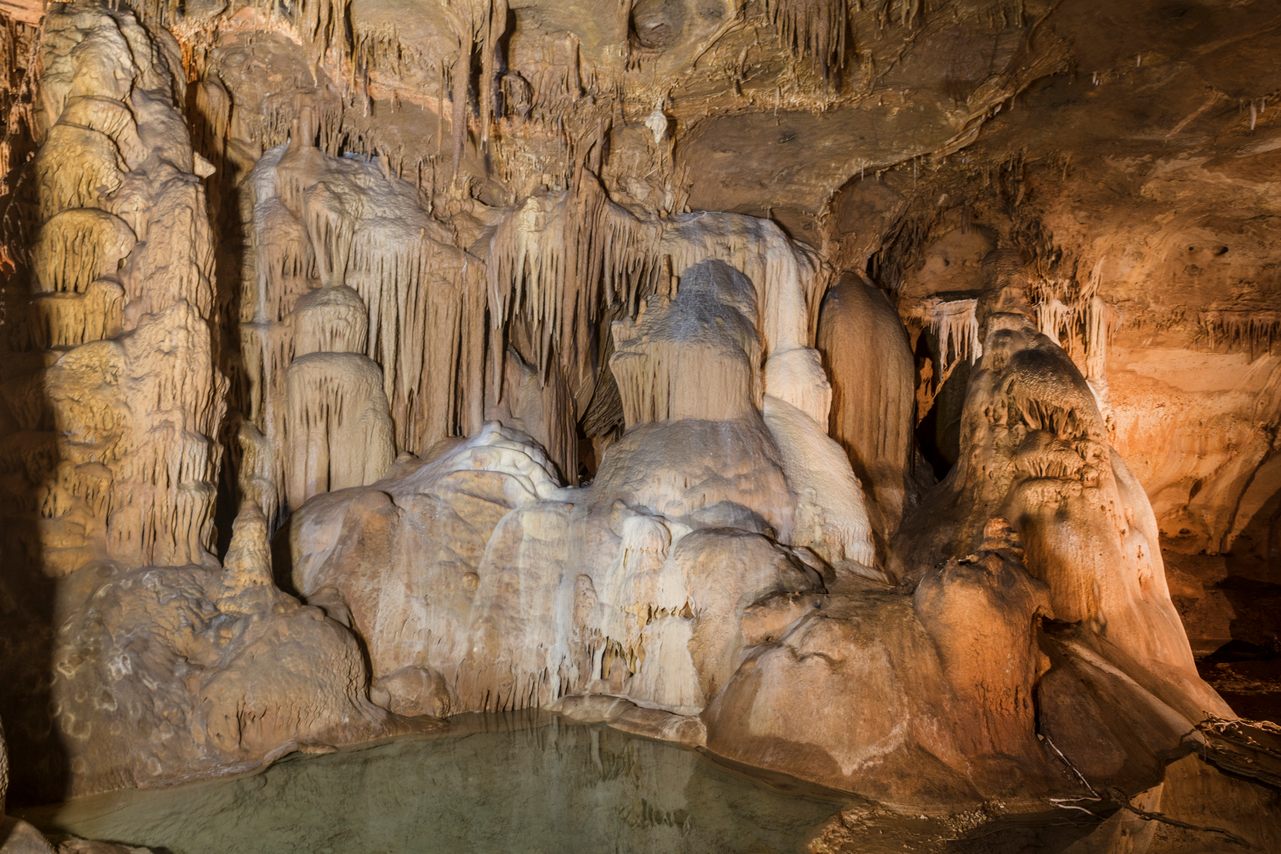
3. Cave Without a Name
Hidden beneath the rolling landscape of Texas Hill Country, this cave offers striking underground formations. Along with the stalactites and stalagmites here, you’ll find soda straws (which look like crops of straws made of crystal); cave drapery (limestone formations that look like loose curtains rippling with wind); flowstones (collections of sheetlike deposits that look, at times, like a long mane of hair emerging from a cave wall); and rimstone dams (rims of calcite extending into a pool like a very delicate staircase). While the cave has existed for thousands of years, it wasn’t discovered until the early 20th century, and its uppermost cave was actually used as a moonshine distillery during prohibition. In the 30s, the land was purchased by someone hoping to show the caves after a trio of local boys discovered its depths. The cave’s name—or lack of one—comes from a state-wide contest, during which a local boy claimed it was “too beautiful to have a name.” A newspaper article recounting the story hangs in the cave gift shop today.
325 Kreutzberg Rd, Boerne, TX 78006
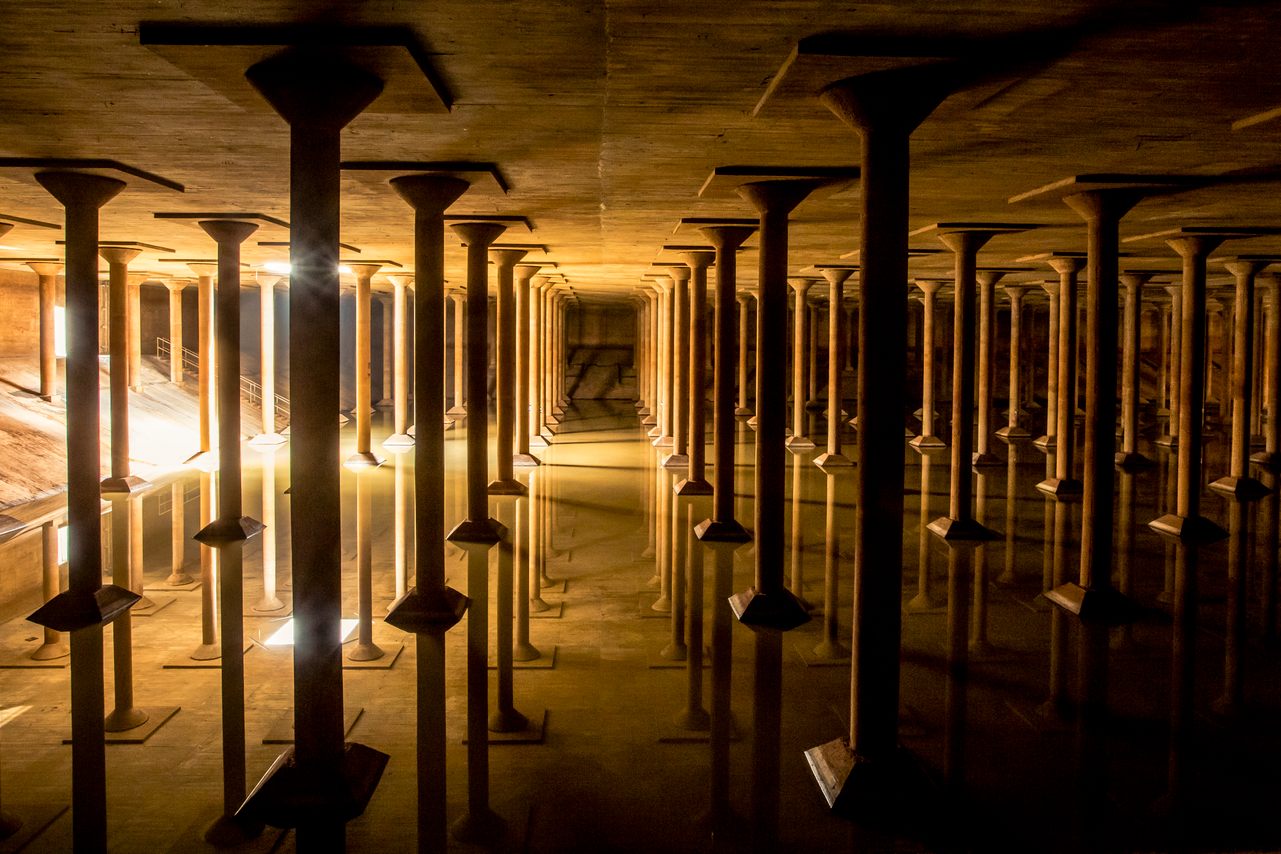
4. Buffalo Bayou Park Cistern
What separates this Cistern from other below-ground wonders is its man-made nature: instead of flowstones and helictites, the Buffalo Bayou Park Cistern’s geography is made up of concrete columns. Built in 1926, the space was one of Houston’s first underground reservoirs. Its 87,500 square feet were used for public works, with an eight-inch-thick concrete roof supported by 221 pillars. After an irreparable leak in one of its walls forced the city to decommission the reservoir in 2007, and it lay dormant for years. Luckily, instead of demolishing it, the city decided to keep it as-is and turn it into a visitor attraction as they developed the nearby Buffalo Bayou Park. You can visit the cistern Wednesday through Sunday, on self-led or docent-guided tours. It also offers regular sound healing meditation sessions, which make use of the space’s unique acoustics.
105b Sabine St, Houston, TX 77007

5. Inner Space Cavern
If you’re ever concerned with your own aging, just remember that this cave is at least 20 million years old and still looks gorgeous! The Inner Space Cavern, located about 25 miles north of Austin, is filled with striking cave formations. It was discovered by a drilling team from the Texas Highway Department in the 1960s, while they were constructing an overpass for Interstate 35. A few years after being mapped by the Texas Speleological Association, it opened to the public in 1966. Prehistoric animal remains have also been found here, including those of a baby mammoth, giant sloth and a saber-toothed tiger. During the Ice Age, experts say, there were a few big openings to the cave, through which these animals likely fell.
Today, visitors can enjoy a variety of tours of the cavern; there’s even one that focuses on its Ice Age history. Other activities on site include gemstone panning and a zipline ride.
4200 S I-35 Frontage Rd, Georgetown, TX 78626
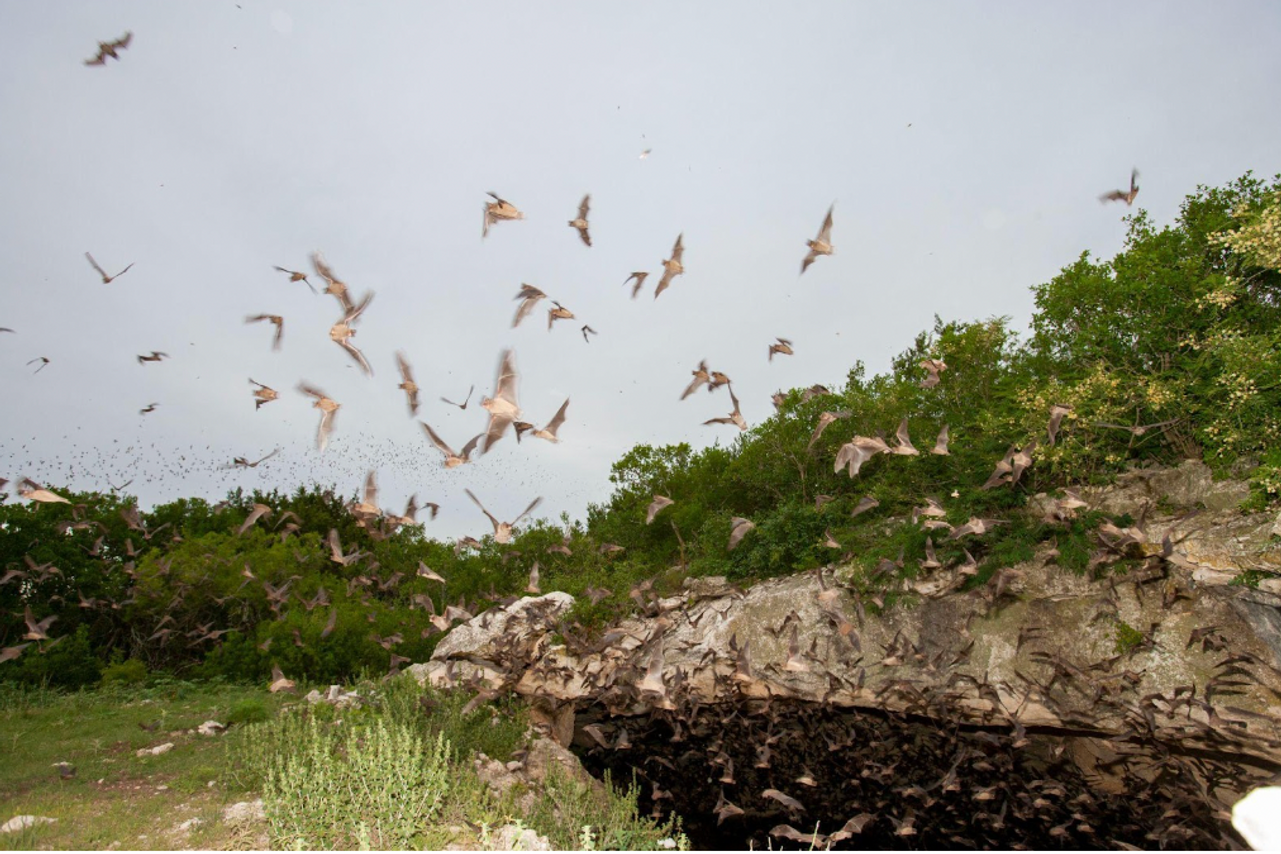
6. Stuart Bat Cave
The 6,300-acre Kickapoo Cavern State Park includes 20 caves, Kickapoo Cavern and Stuart Bat Cave. In the spring and summer, Stuart Bat Cave is home to over a million Mexican free-tailed bats, who emerge each evening to feed. It’s about a hundred feet deep and a thousand feet wide; it has been known to locals since at least the 19th century, though it’s often overshadowed, cave-wise, by nearby Kickapoo Cavern. Arrive in the evening to watch the bats take flight against the vast Texas sky.
Unnamed Road, Rocksprings, TX 78880
GET YOUR OWN TRIP TO TEXAS. LETS GO!

Gastro Obscura’s 11 Essential Places to Eat and Drink in Bangkok

Gastro Obscura’s 10 Essential Places to Eat and Drink in Rome
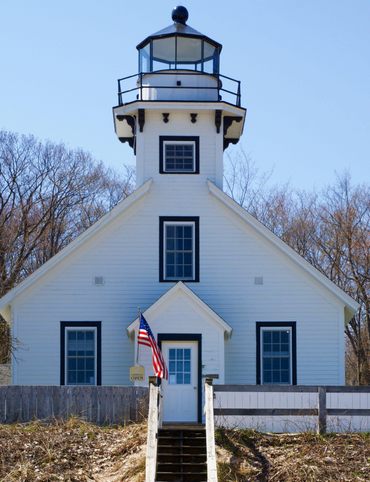
The Explorer’s Guide to Road Tripping Around the Great Lakes

10 National Parks That Are Perfect for a Road Trip
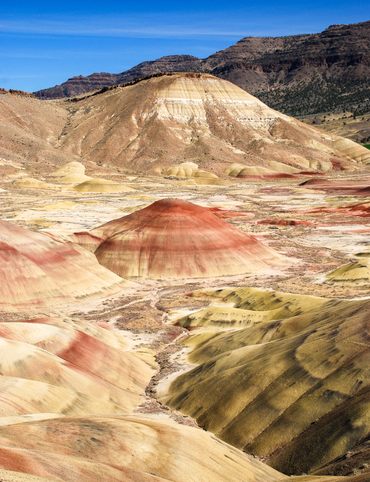
10 Out-of-This-World Places You Can Reach in Your Car
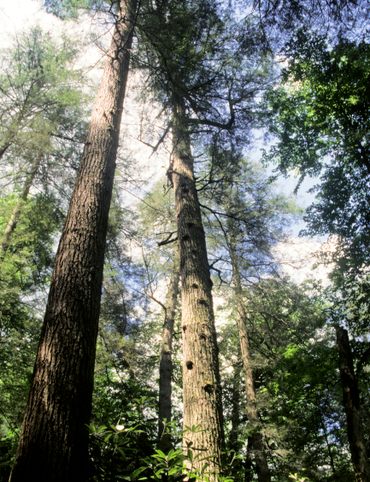
The Explorer’s Guide to Road Tripping Around Appalachia

The Explorer’s Guide to Road Tripping Down Highway 61

Gastro Obscura’s 10 Essential Stops on an Alternative London Pub Crawl
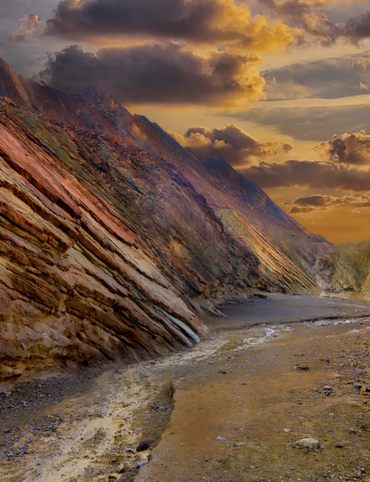
The Explorer’s Guide to Joshua Tree National Park
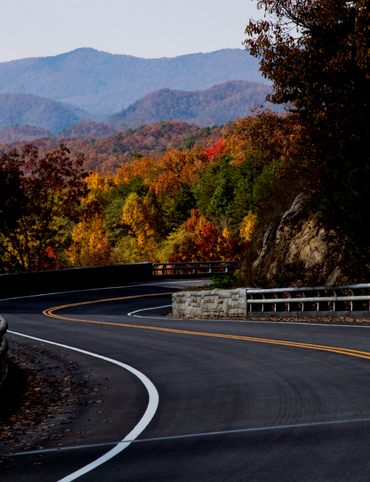
The Explorer’s Guide to the Great Smoky Mountains National Park
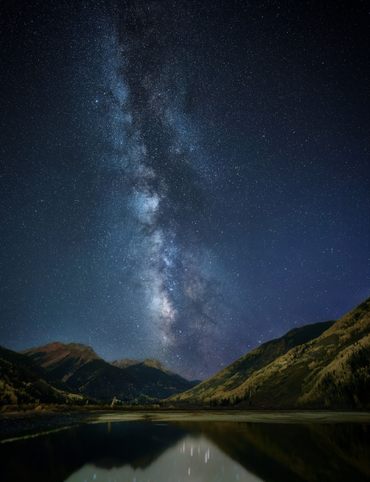
Cosmic Colorado: A Stargazer’s Guide to the Centennial State
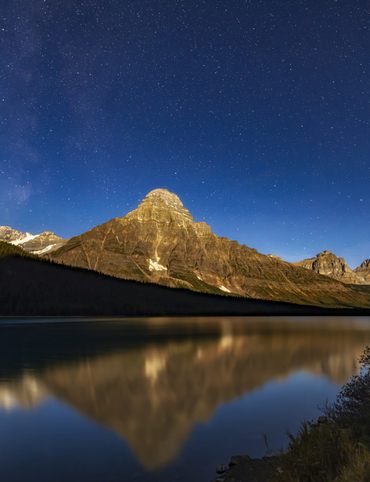
The Explorer’s Guide to Banff National Park

10 Wild Places That Define West Virginia’s Landscape

The Ultimate Guide to Hidden Red Rocks: 10 Secret Passageways, Artifacts, and Ghost Stories
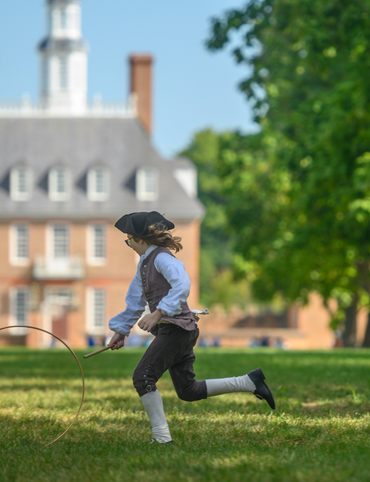
The Explorer’s Guide to Williamsburg, Virginia

The Explorer’s Guide to the British Virgin Islands

Gastro Obscura’s 10 Essential Places to Eat, Drink, and Shop in Hong Kong

A Denver Guide for National Park Lovers

Gastro Obscura’s 10 Essential Places to Eat and Drink in Oaxaca

A Gastro Obscura Guide to Family-Friendly Dining in San Diego
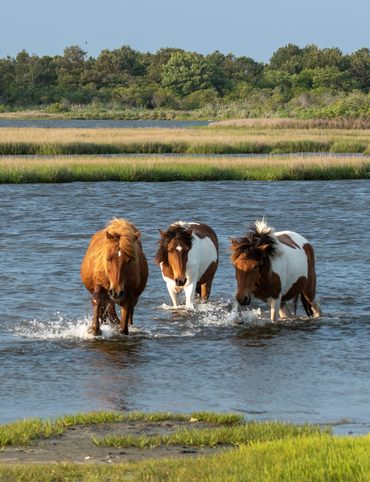
The Explorer’s Guide to Outdoor Wonders In Maryland
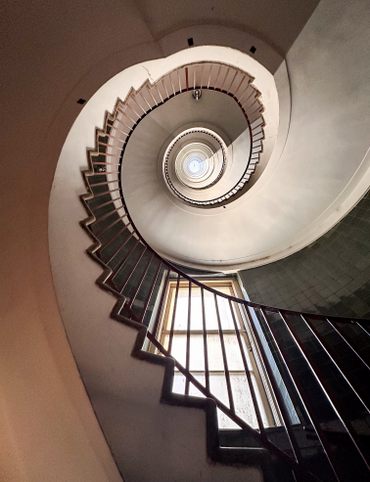
The Secret Lives of Cities: Ljubljana

From Cigar Boom to Culinary Gem: 10 Essential Spots in Ybor City
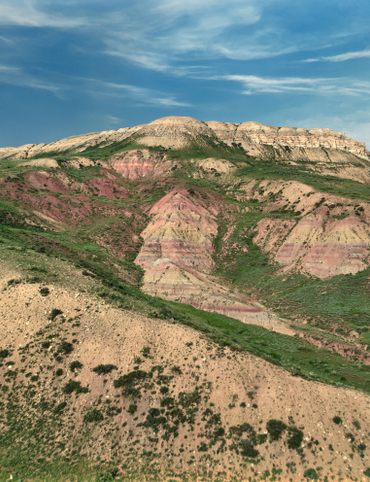
The Explorer’s Guide to Wyoming’s Captivating History

A Nature Lover’s Guide to Sarasota: 9 Wild & Tranquil Spots
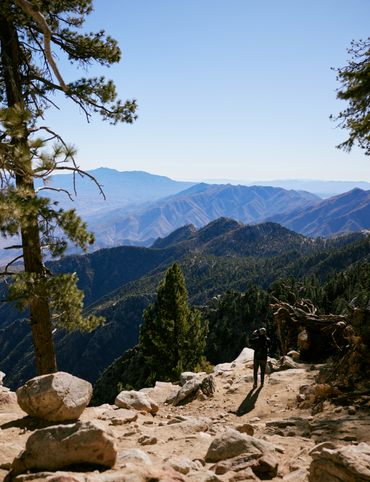
California’s Unbelievable Landscapes: A Guide to Nature’s Masterpieces
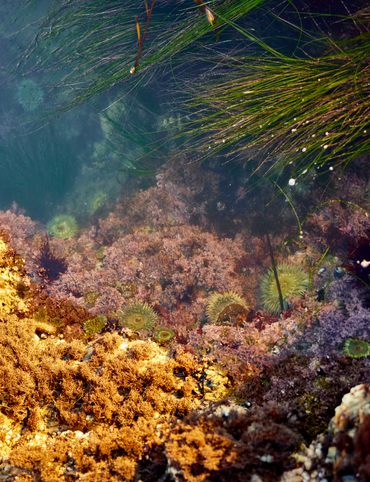
The Ultimate California Guide to Tide Pools and Coastal Marine Life

Explore California on Foot: Nature’s Year-Round Playground

Mardi Gras 9 Ways: Parades, Cajun Music, And Courirs Across Louisiana

The Explorer’s Guide to Winter in Germany
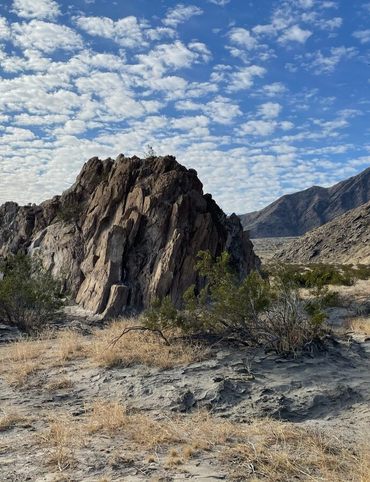
Ancient California: A Journey Through Time and Prehistoric Places

The Wildest West: Explore California’s Ghost Towns and Gold Fever Legacy
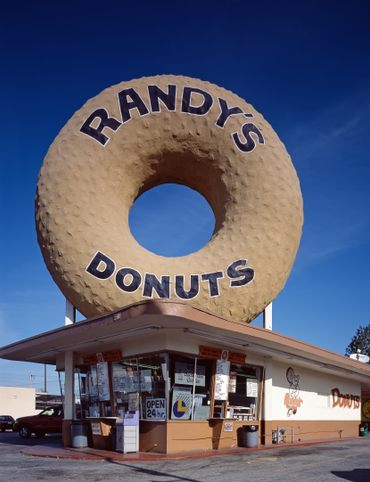
Sweet California: A Culinary Guide to Tasty Treats Across the State

Sea of Wonders: An Itinerary Through California’s Stunning Shoreline

10 Places to Taste Catalonia’s Gastronomic Treasures

Atlas Obscura’s Guide to Palm Springs
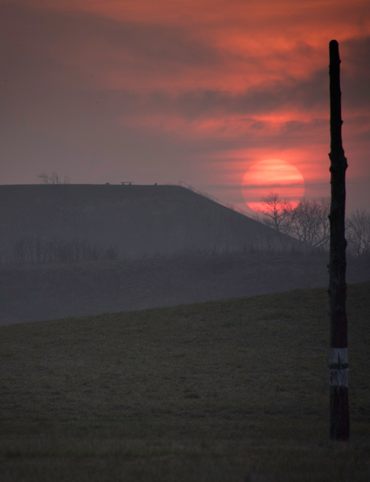
Atlas Obscura’s Guide to the 10 Most Mystifying Places in Illinois
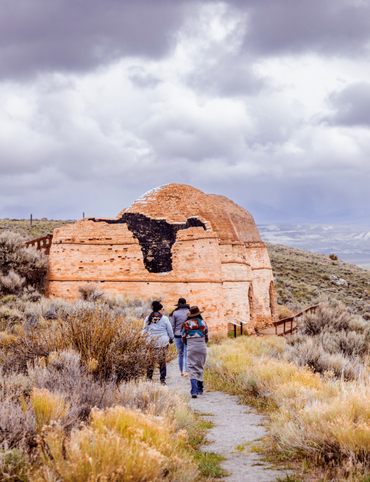
10 Fascinating Sites That Bring Idaho History to Life
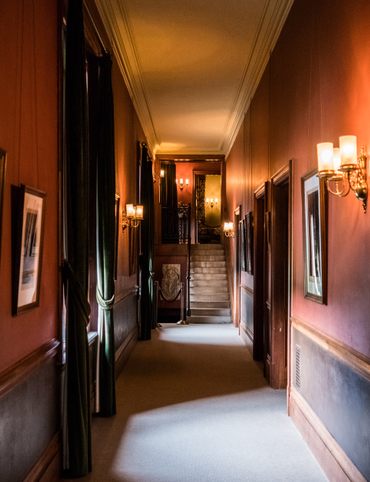
North Carolina's Paranormal Places, Scary Stories, & Local Haunts
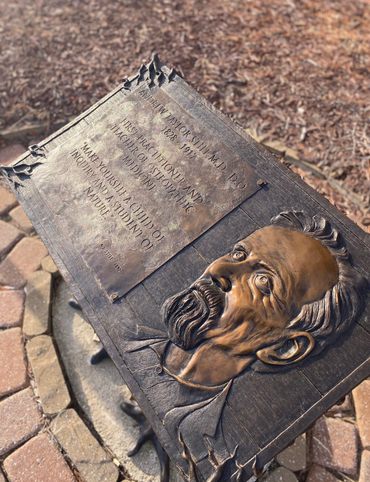
Exploring Missouri’s Legends: Unveiling the Stories Behind the State’s Iconic Figures

These Restaurants Are Dishing Out Alabama’s Most Distinctive Food

A Gastro Obscura Guide to Los Cabos
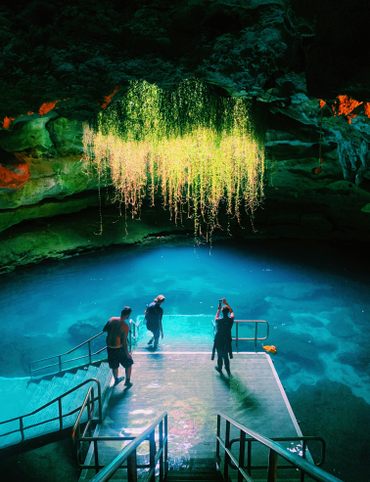
9 Watery Wonders on Florida’s Gulf Coast
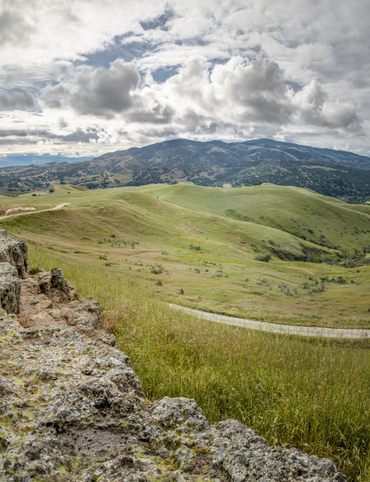
Discover the Surprising and Hidden History of Monterey County

Gastro Obscura’s Guide to Eating Your Way Through Charlotte
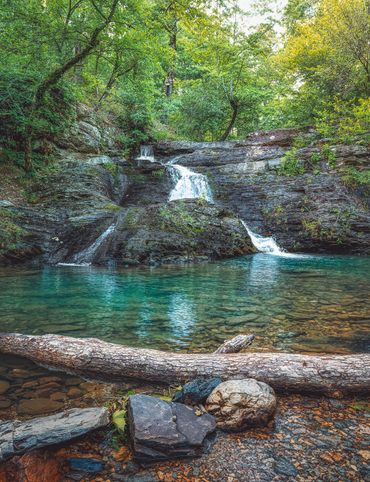
Talimena Scenic Byway: 6 Essential Stops for Your Arkansas Road Trip

9 Amazing Arkansas Adventures Along the Scenic 7 Byway
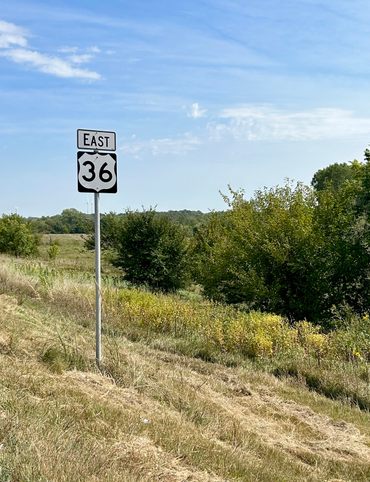
The Explorer's Guide to Highway 36: The Way of American Genius
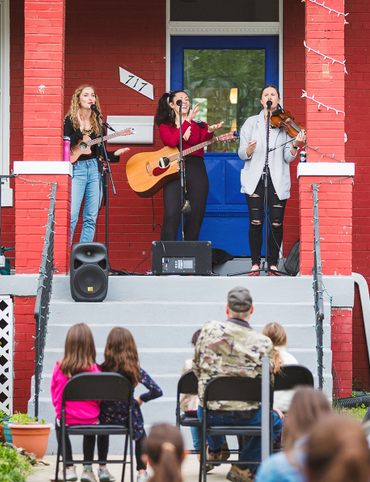
A Behind-the-Scenes Guide to DC’s Art and Music
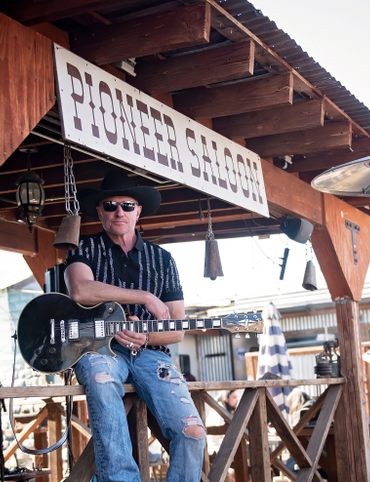
9 Places Near Las Vegas For a Different Kind of Tailgate

10 Places to See Amazing Art on Florida's Gulf Coast

8 Reasons Why You Should Visit the Bradenton Area

A Music Lover’s Guide to New Orleans

Gastro Obscura’s Guide to Sipping Wine in Catalonia
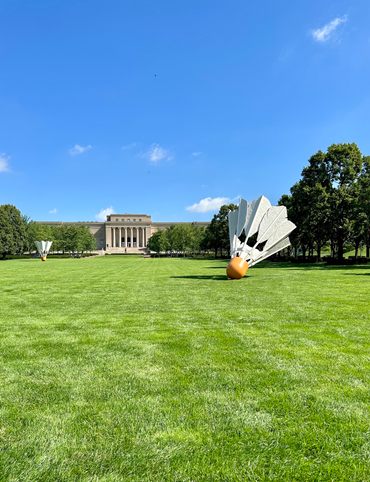
9 Hidden Wonders in the Heart of Kansas City

10 Unexpected Delights of Vermont's Arts and Culture Scene

Gastro Obscura’s Guide to Eating Through Maine

The Gastro Obscura Guide to Asheville Area Eats

Gastro Obscura’s Guide to St. Pete/Clearwater
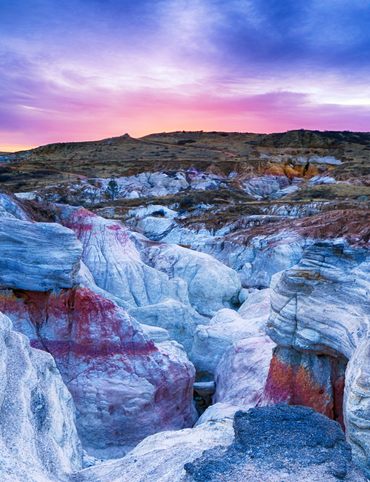
9 Hidden Wonders in Eastern Colorado
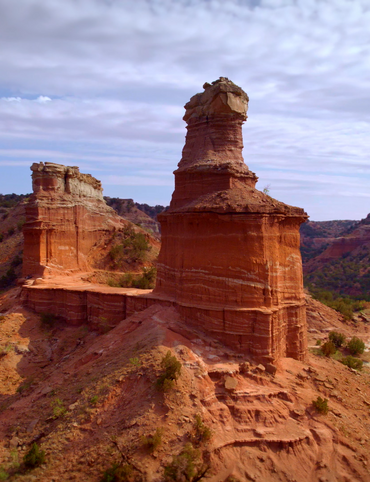
7 Places to Experience Big Wonder in Texas
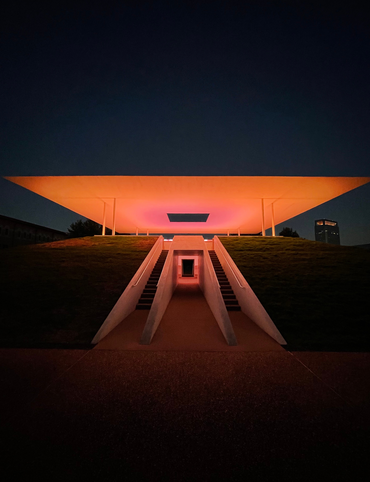
8 Out-There Art Destinations in Texas

9 Places to Dive Into Fresh Texas Waters
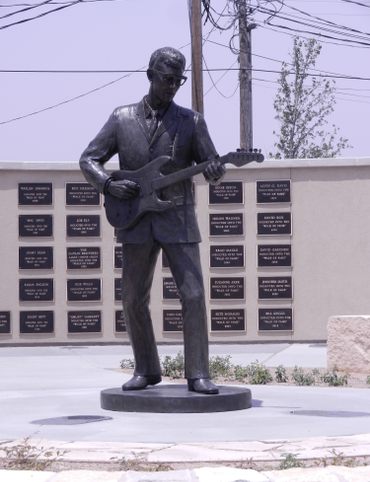
7 Ways to Explore Music (and History) in Texas
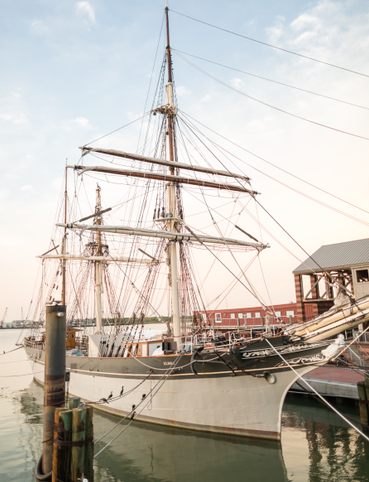
8 Ways to Discover Texas’ Rich History

The Explorer’s Guide to the Northern Territory, Australia
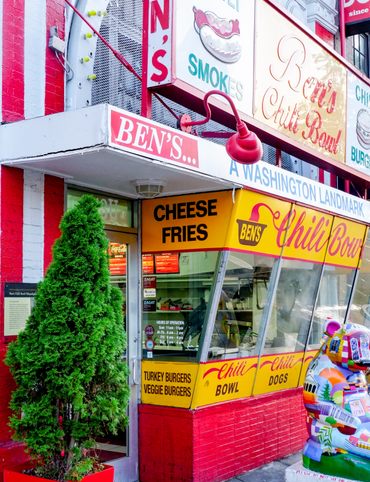
The Explorer's Guide to U Street Corridor

Gastro Obscura Guide to Southern Eats

Only In Delaware

The Secret History & Hidden Wonders of Charlotte, North Carolina
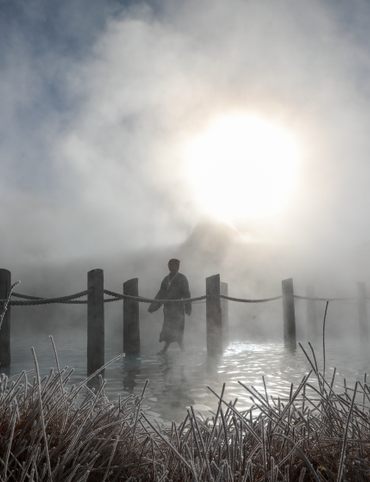
Exploring Colorado's Historic Hot Springs Loop
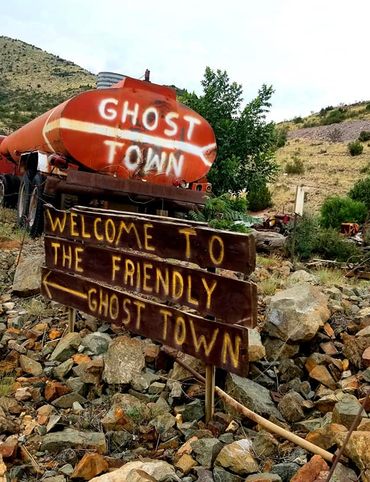
These 8 Arizona Ghost Towns Will Transport You to the Wild West
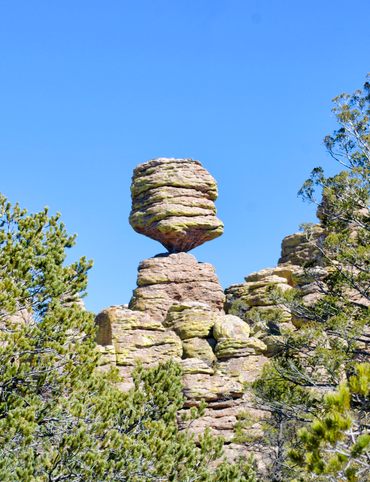
A Guide to Arizona’s Most Striking Natural Wonders
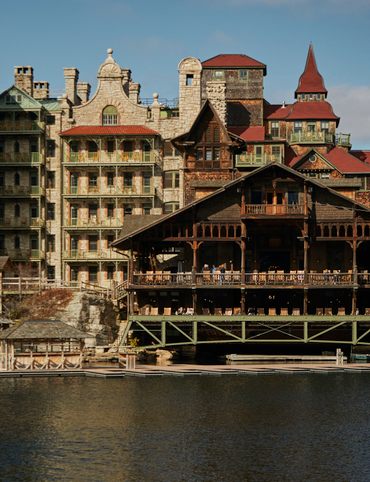
The Explorer's Guide to Hudson Valley, New York

Discover the Endless Beauty of the Pine Tree State

Travel to New Heights Around the Pine Tree State

8 Historical Must-Sees in Granbury, Texas
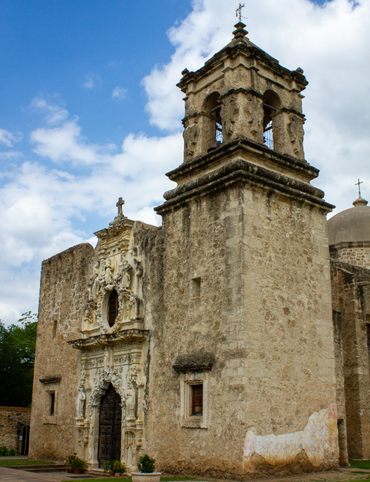
7 Creative Ways to Take in San Antonio’s Culture
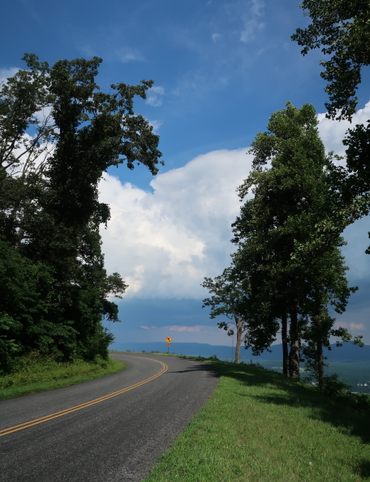
Eat Across the Blue Ridge Parkway
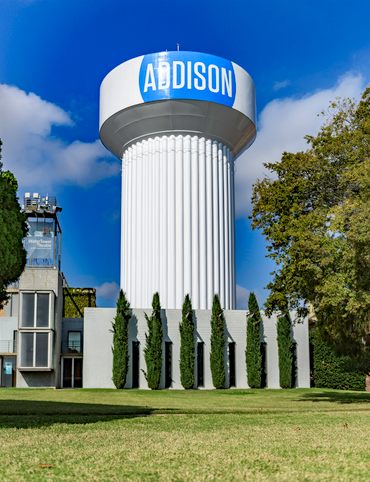
6 Ways to Absorb Addison, Texas’ Arts and Culture

6 Ways to Take in the History of Mesquite, Texas
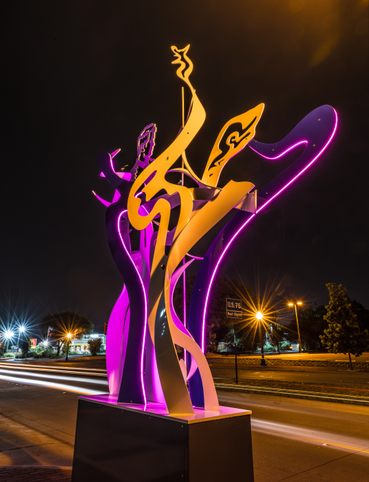
6 Ways to Soak Up Plano’s Art and Culture
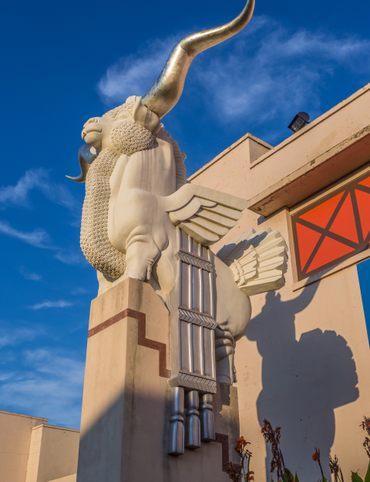
9 Dallas Spots for Unique Art and Culture
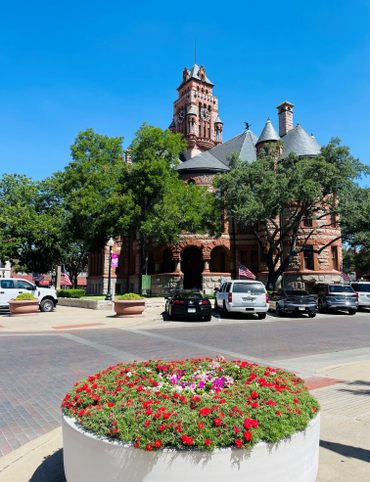
7 Sites of Small-Town History in Waxahachie, Texas
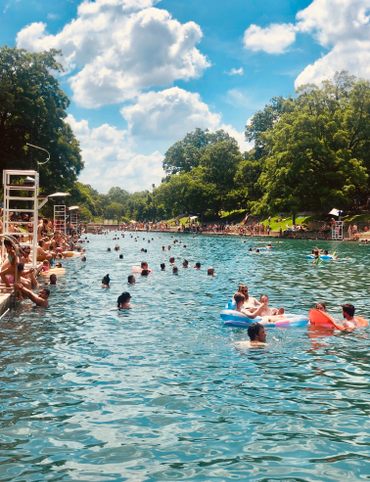
6 Natural Wonders to Discover in Austin, Texas
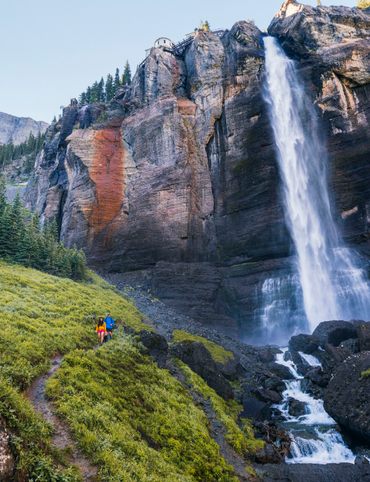
Discover the Secrets of Colorado’s Mountains and Valleys

A Road Trip Into Colorado’s Prehistoric Past

A Feminist Road Trip Across the U.S.
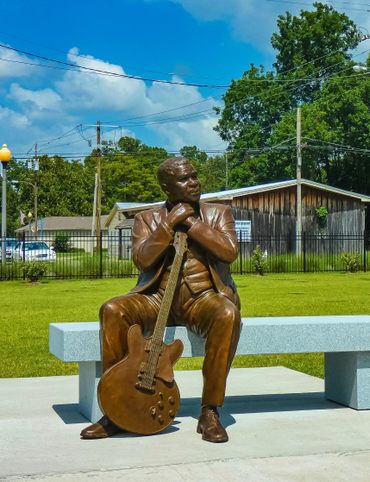
All Points South
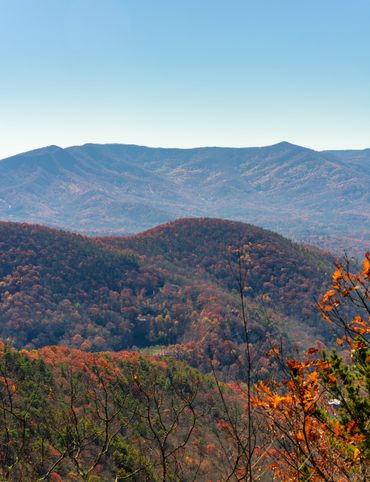
Asheville: Off the Beaten Path

Restless Spirits of Louisiana

Eat Across Route 66
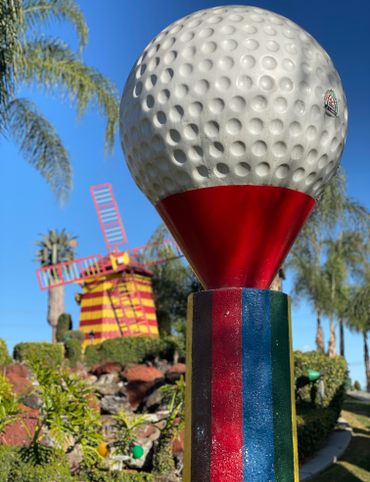
18 Mini Golf Courses You Should Go Out of Your Way to Play
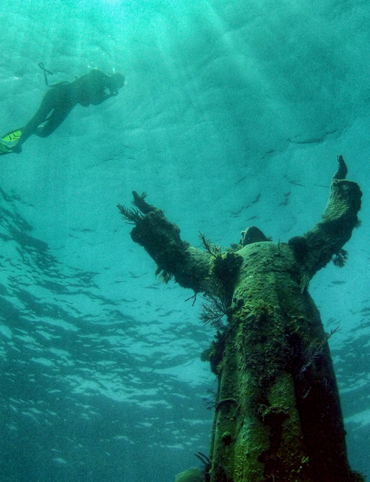
4 Underwater Wonders of Florida
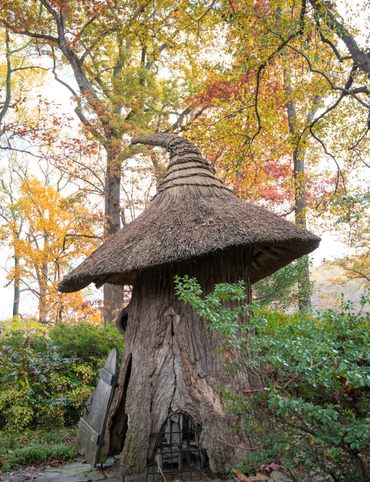
6 Spots Where the World Comes to Delaware

Study Guide: Road Trip from Knoxville to Nashville
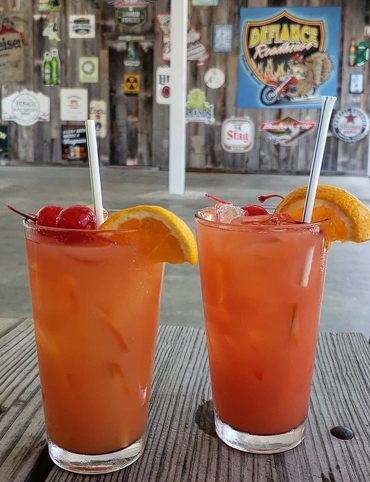
6 Wondrous Places to Get Tipsy in Missouri
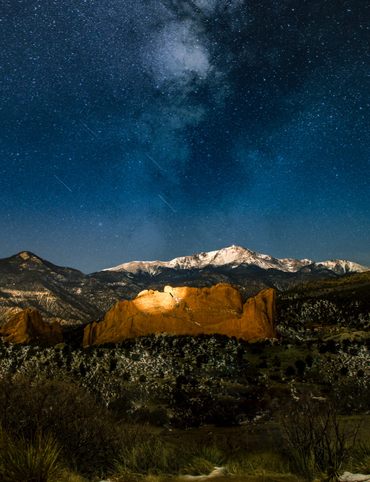
Rogue Routes: The Road to Pikes Peak

Rogue Routes: The Road to Carhenge

4 Pop-Culture Marvels in Iowa

7 Stone Spectacles in Georgia

6 Stone-Cold Stunners in Idaho
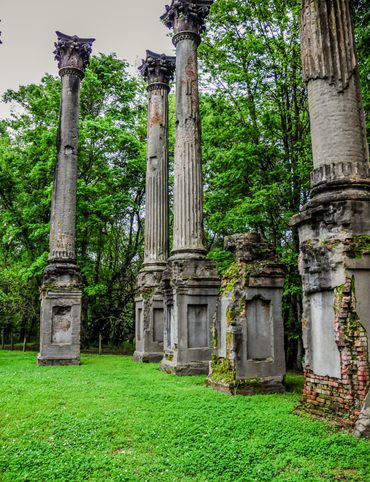
8 Historic Spots to Stop Along Mississippi's Most Famous River
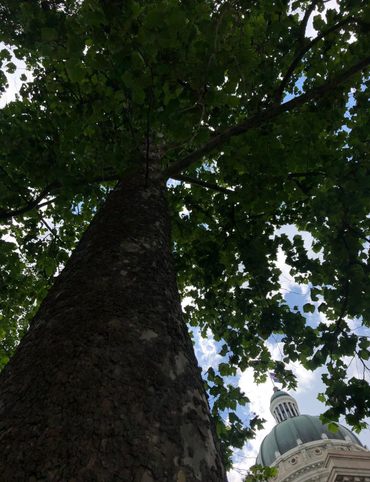
5 Incredible Trees You Can Find Only in Indiana

5 Famous and Delightfully Obscure Folks Buried in Kentucky

4 Wacky Wooden Buildings in Wyoming
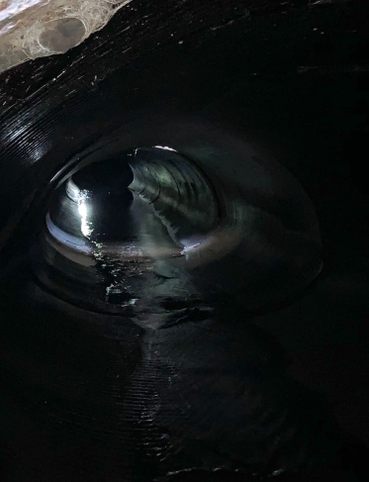
7 Spots to Explore New Jersey’s Horrors, Hauntings, and Hoaxes

4 Out-There Exhibits Found Only in Nebraska

6 Sweet and Savory Snacks Concocted in Utah
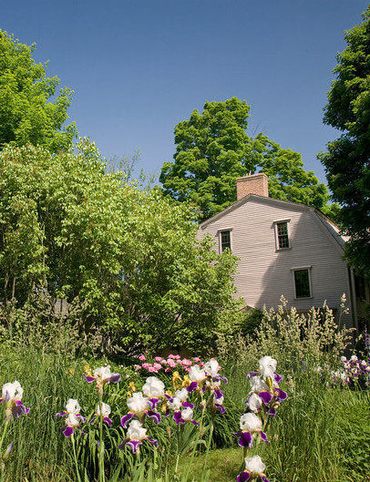
12 Places in Massachusetts Where Literature Comes to Life
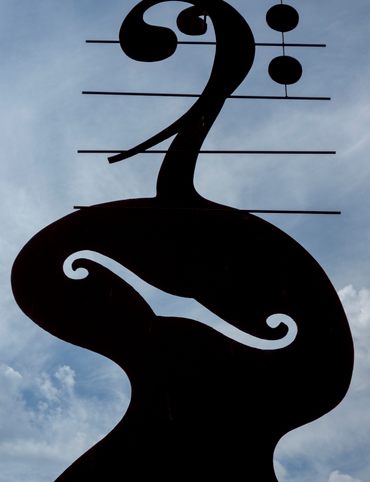
8 Places to Get Musical in Minnesota
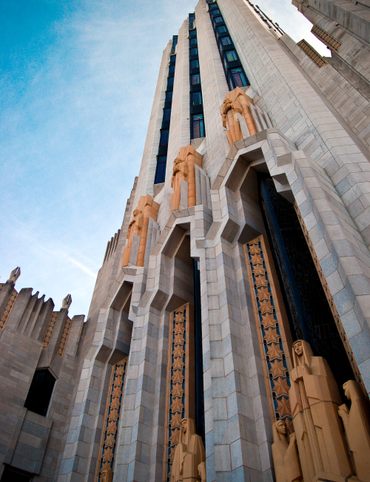
8 Buildings That Prove Oklahoma's an Eclectic Art Paradise
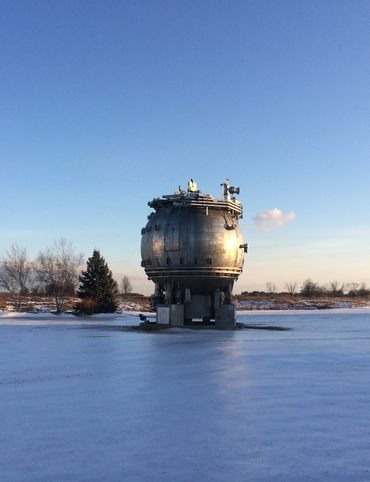
9 Stunning Scientific Sites in Illinois
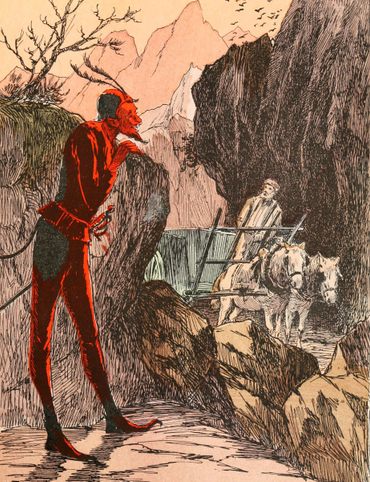
5 Strange and Satanic Spots in New Hampshire
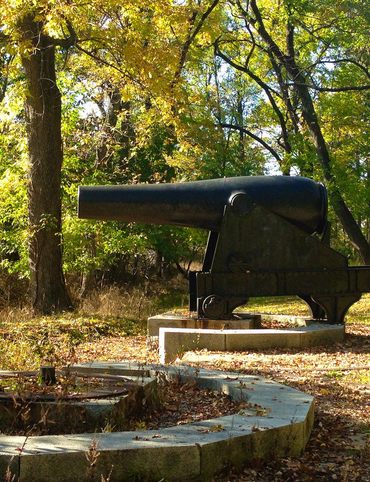
8 Historic Military Relics in Maryland
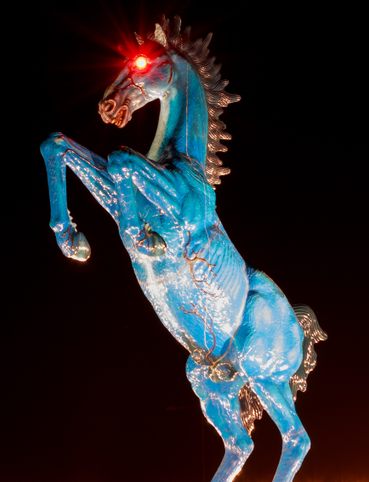
5 of Colorado's Least-Natural Wonders

Rogue Routes: The Road to Sky’s the Limit

6 Hallowed Grounds in South Carolina
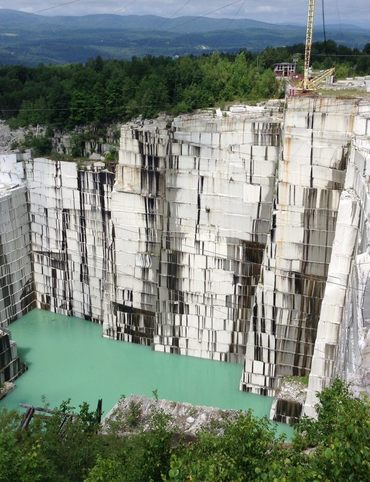
9 Rocking Places in Vermont

Knoxville Study Guide
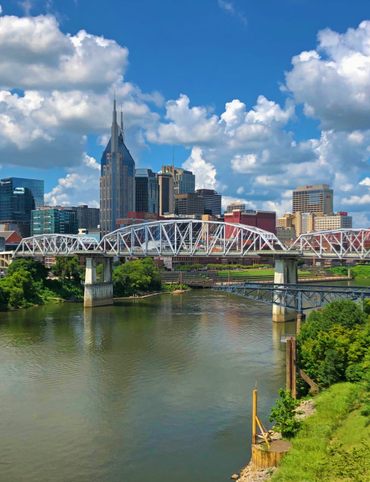
Nashville Study Guide
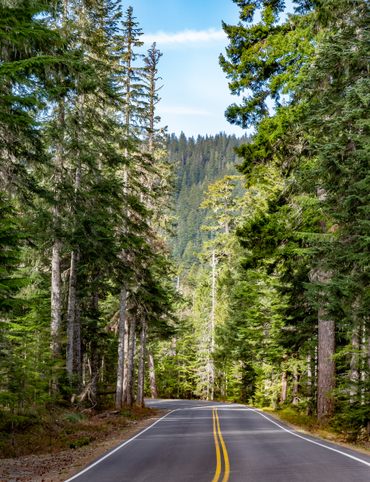
Rogue Routes: The Road to Camp Colton

Black Apples and 6 Other Southern Specialties Thriving in Arkansas

4 Monuments to Alabama’s Beloved Animals
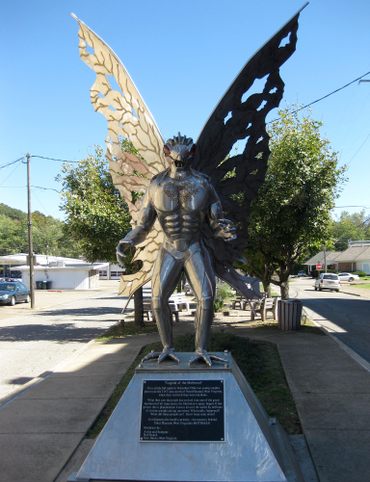
The Dark History of West Virginia in 9 Sites
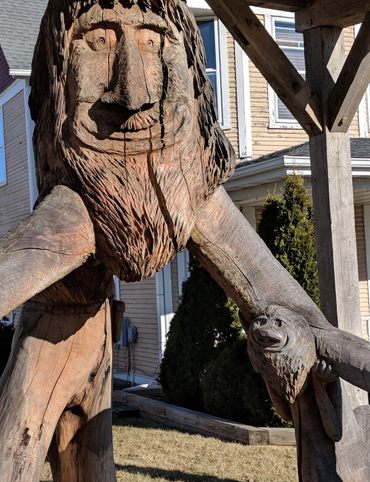
11 Zany Collections That Prove Wisconsin's Quirkiness
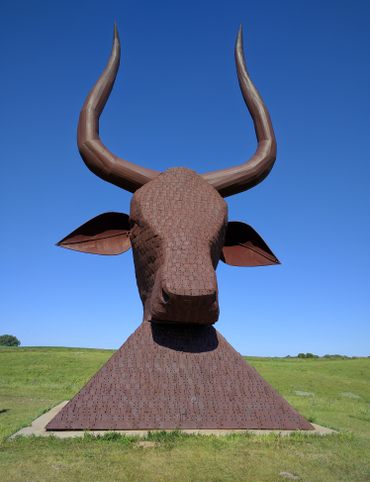
7 Inexplicably Huge Animals in South Dakota
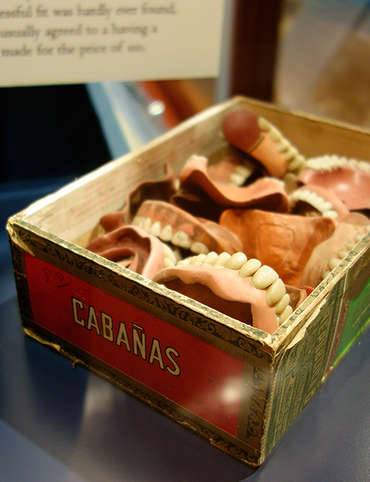
6 Fascinating Medical Marvels in Pennsylvania

8 Places in Virginia That Aren’t What They Seem
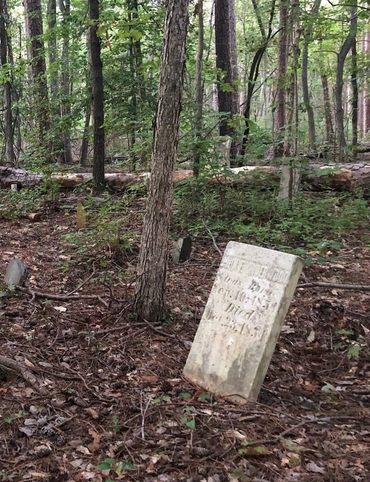
7 Cool, Creepy, and Unusual Graves Found in North Carolina
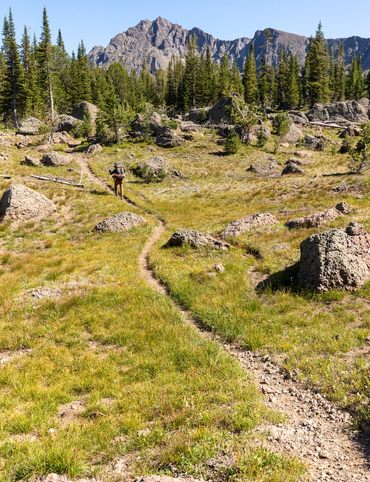
7 of Montana's Spellbinding Stone Structures
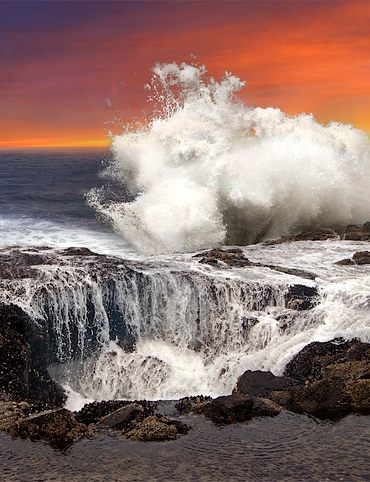
9 of Oregon’s Most Fascinating Holes and Hollows
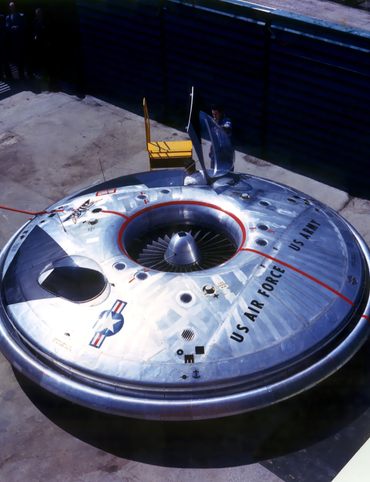
Take to the Skies With These 9 Gravity-Defying Sites in Ohio
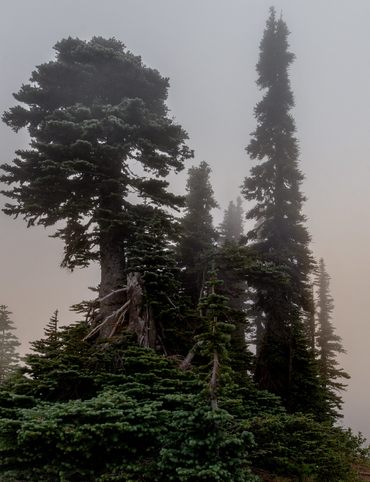
9 Strange and Surreal Spots in Washington State
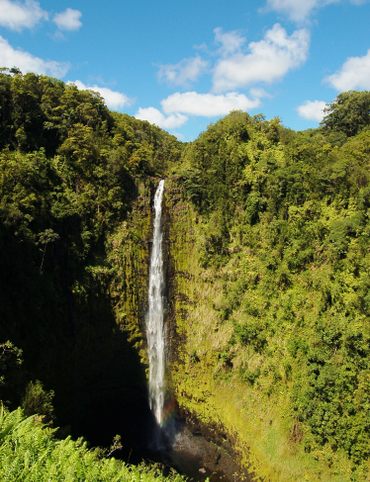
8 Watery Wonders in Hawaiʻi, Without Setting Foot in the Ocean

6 Unusual Eats Curiously Cooked Up in Connecticut

11 Close Encounters With Aliens and Explosions in New Mexico
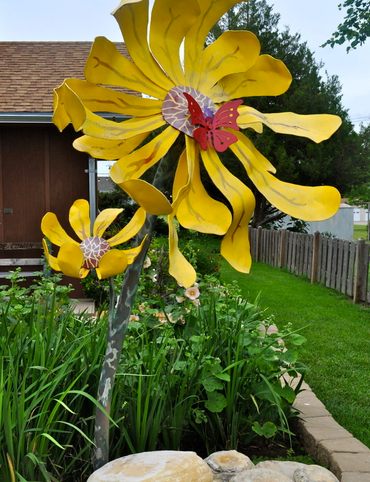
10 Places to Trip Way Out in Kansas
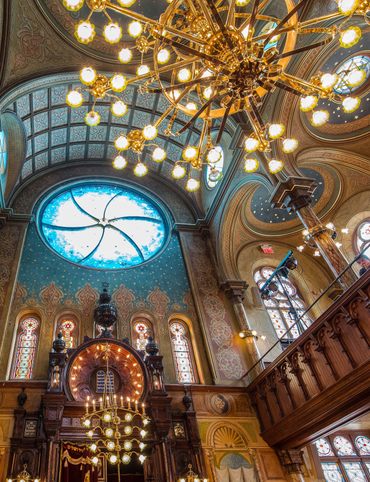
The Resilience of New York in 10 Remarkable Sites

7 Very Tall Things in Very Flat North Dakota
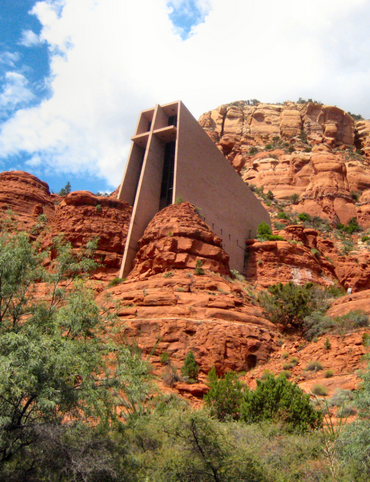
8 Blissfully Shady Spots to Escape the Arizona Sun
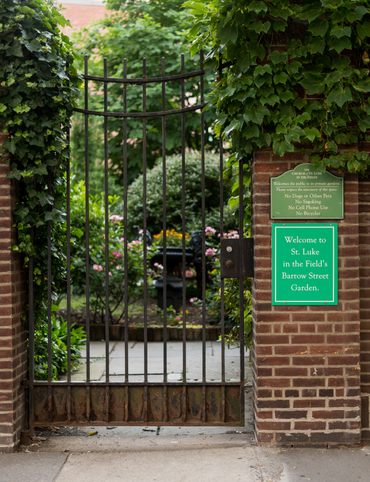
On the Run: NYC
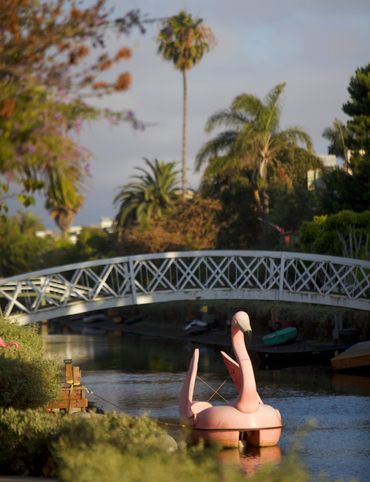
On the Run: Los Angeles

9 Surprisingly Ancient Marvels in Modern California
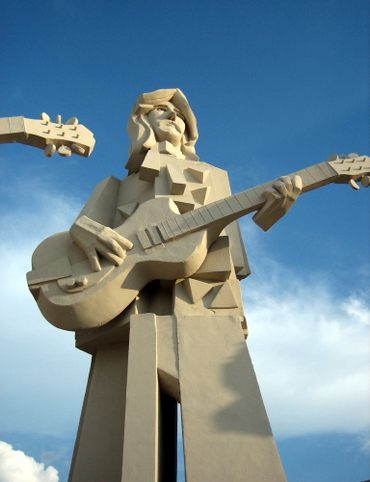
10 Art Installations That Prove Everything's Bigger in Texas

6 Huge Things in Tiny Rhode Island
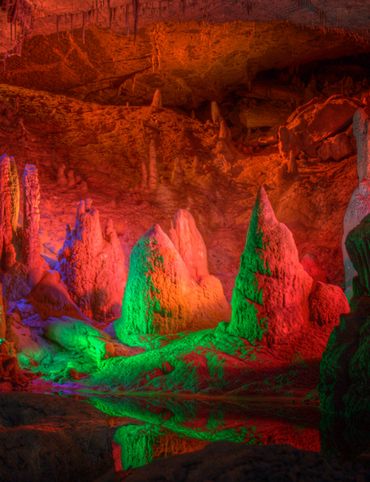
7 Underground Thrills Only Found in Tennessee

Sink Into 7 of Louisiana's Swampiest Secrets

7 Mechanical Marvels in Michigan

11 Wholesome Spots in Nevada

7 Places to Glimpse Maine's Rich Railroad History
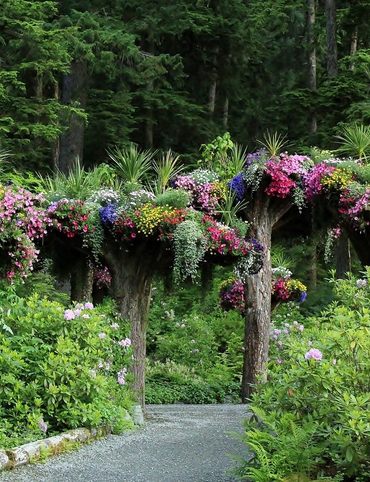
11 Places Where Alaska Bursts Into Color

9 Places in D.C. That You're Probably Never Allowed to Go

2 Perfect Days in Pensacola
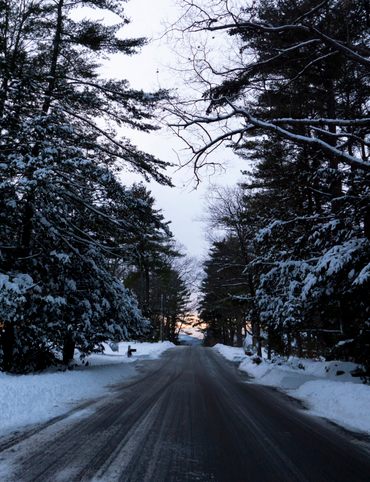
Rogue Routes: The Road to the Ice Castles

Taste of Tucson
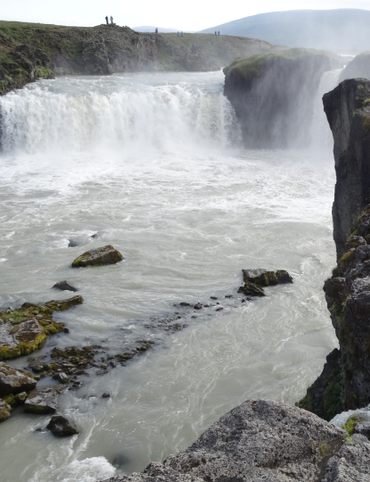
North Iceland’s Untamed Coast

Hidden Edinburgh

Hidden Haight-Ashbury

The Many Flavors of NYC’s Five Boroughs
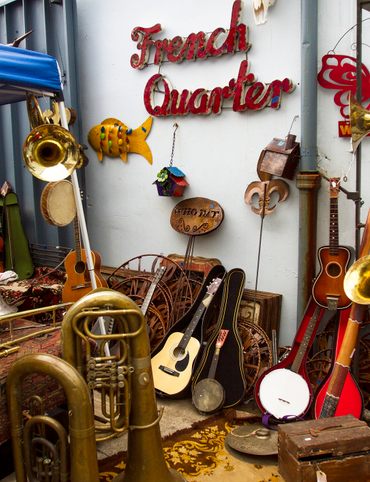
Hidden French Quarter
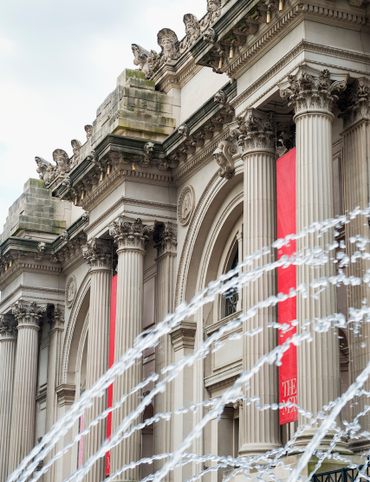
The Metropolitan Museum of Art
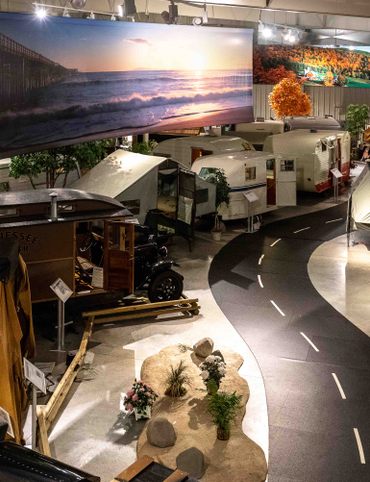
Motown to Music City Road Trip

Gulf Coast Road Trip

Hidden Coachella Valley

Highland Park

Venice

L.A.’s Downtown Arts District

Hidden Trafalgar Square

Secrets of NYC’s Five Boroughs

Mexico City's Centro Histórico

Hidden Hollywood

Hidden Times Square

Summer Radio Road-Trip
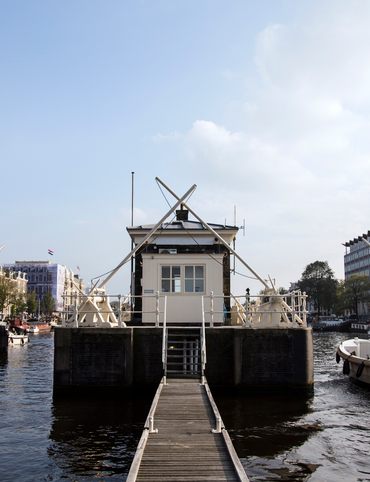
Amsterdam
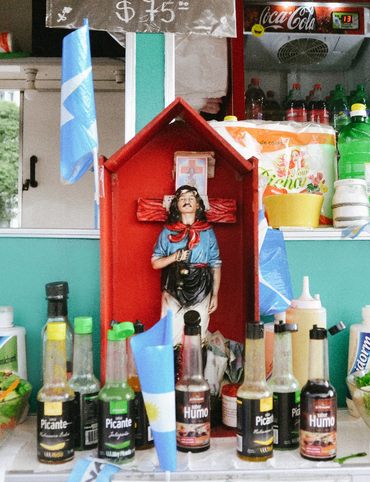
Buenos Aires

Chicago
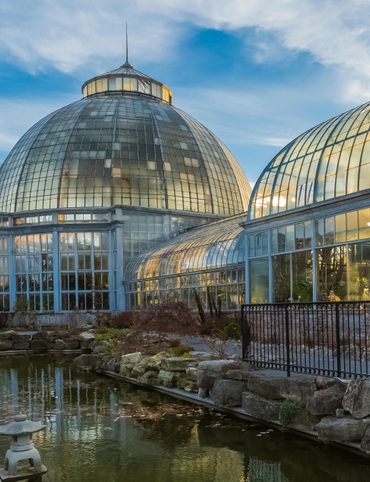
Detroit

Lisbon

Miami
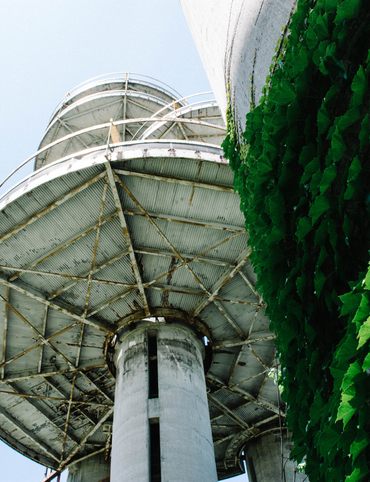
Queens

San Diego
